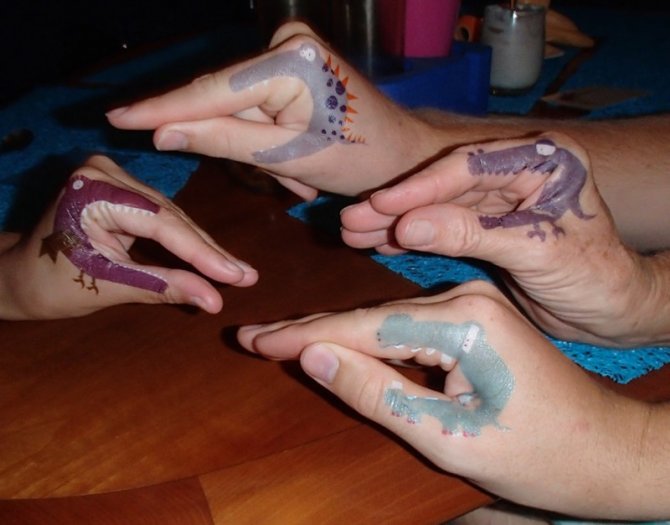Reunion to South Africa - Day 5

Anastasia
Phil May and Andrea Twigg
Thu 8 Nov 2012 19:30
27:13.1S 038:43.0E 1050 miles covered, 360 to
go
Today we were motoring along on a calm sea waiting
for some wind when Anastasia turned round and started back for
Reunion. I grabbed the helm and turned her back on course, re-engaged the
autohelm and around she went again. Looking in the engine room, the arm of
the autohelm was hanging down, vainly pushing on thin air while the rudder swung
free. It was just a split pin that fell out allowing the arm to pop
off. Easily reconnected, but it is amazing how lucky we have
been with such failures happening when they are easily dealt with.
Just hours earlier we were flying the parasailor, which would probably have been
torn apart if we did a 180 degree turn with it up. I have no idea why the
autohelm arm would jump off when cruising along in a calm sea, but it couldn't
have happened at a better time.
Another example is the tender supports. We
used to travel with the tender just dangling off the davit cables until on
day they just snapped and dropped the tender into the water. I hate
to think what the damage would have been had we been at sea, but fortunately
this happened when we were moored up in a marina and not moving at
all. Now we have three sets of lines supporting the tender when on
passage.
Speaking of making random turns, some of you
watching our progress on the YellowBrick tracker may wonder why Anastasia
does not go in a straightish line like some of the other boats. It is not
the autohelm failing to maintain a straight course, nor, as Andrea suggested,
that we are trying to write our name in the tracks. There are two reasons
for our meandering trail.
The first reason is that Anastasia goes a lot
faster in some directions than in others. All boats do, but it is
particularly true of catamarans which go best at about 100 degrees off the
wind. So if we see an opportunity, for example we expect the wind to
change over a period of time, then we will choose a curved route that lets us
spend as much time as possible going 100 degrees off the wind, rather than going
in a straight line from A to B.
The second reason is one of comfort.
Anastasia has quite narrow hulls and is capable of cutting through waves to some
extent but it really is no fun to leap off the top of one wave and smack into the next one, however much the
narrow hulls soften the impact. So now, for example, we would like to be going
straight towards Richards Bay but it would be an uncomfortable ride if we did so
at our current speed of 11 knots. We could put in another one or two two
reefs and slow down to 7 or 8 knots to reduce the smacking, but a better
option is to go due west, downwind a little, and wait for the wind
to lessen and come from a better direction, which it should do in
a few hours time. All being well.
This evening the crew decided to put on Dino Hand
transfers and talk to each other in Pythonesque squeaky voices. We have a
limit of 1 glass of wine with dinner, so I can only think we have been too long
at sea.
|
